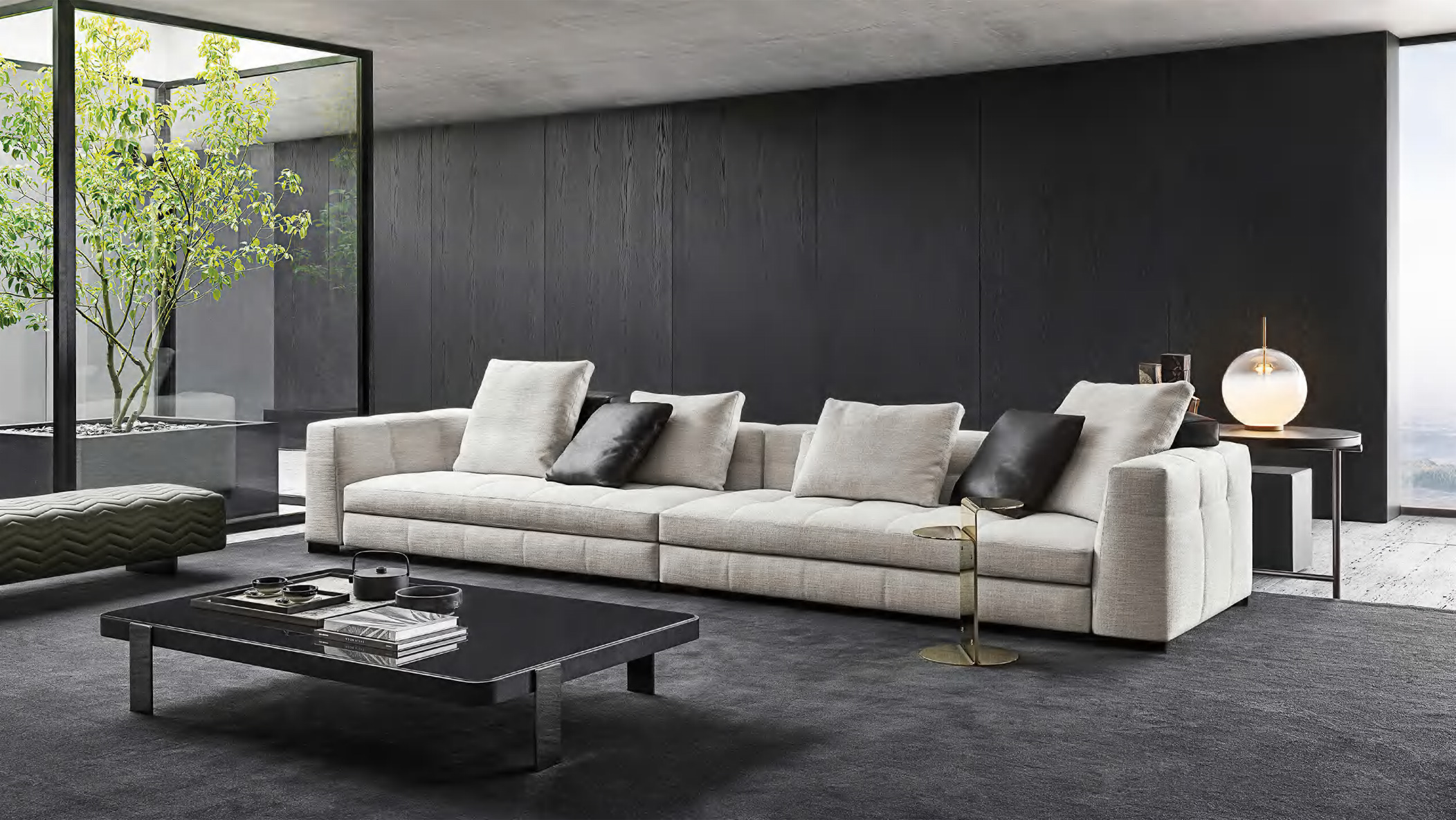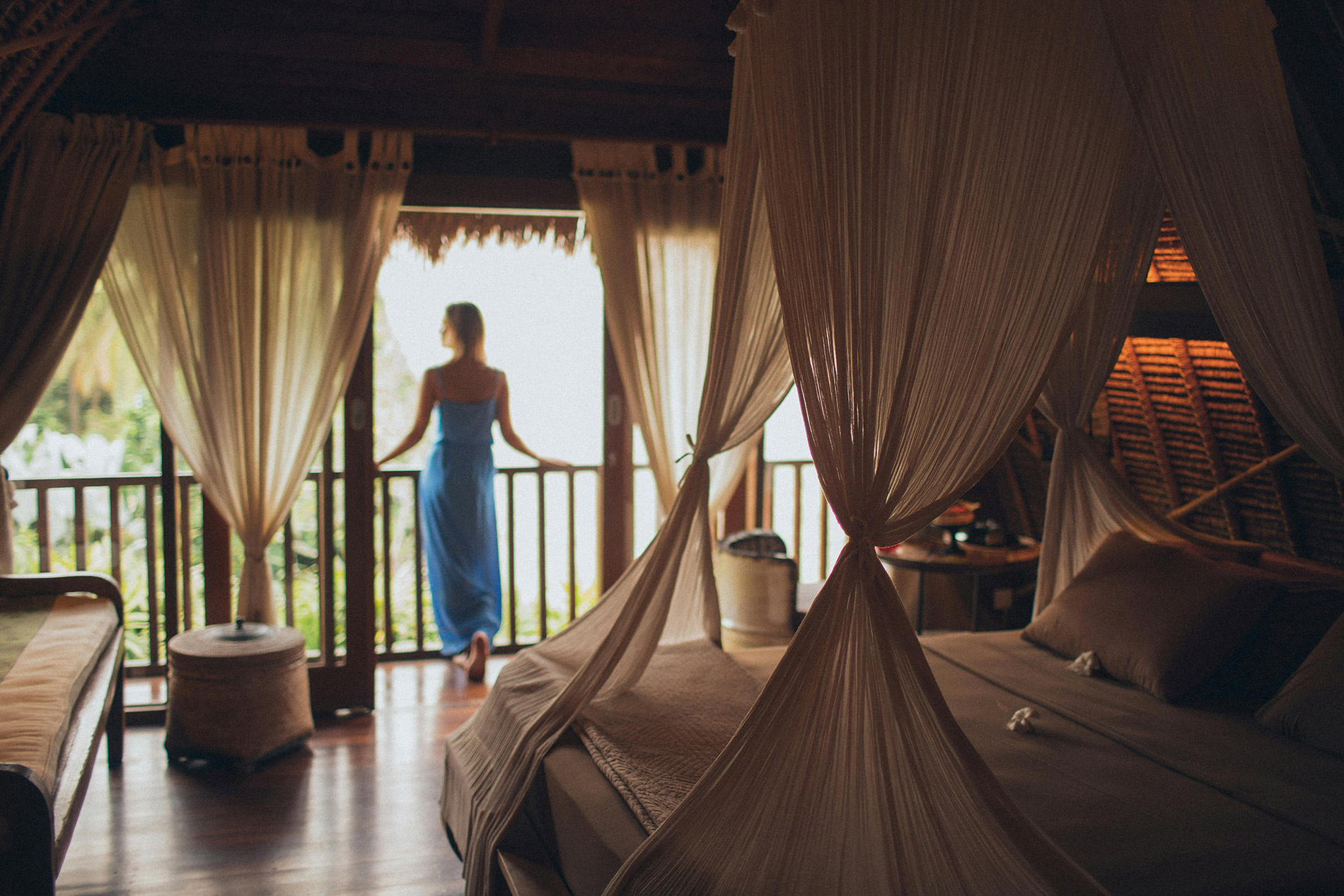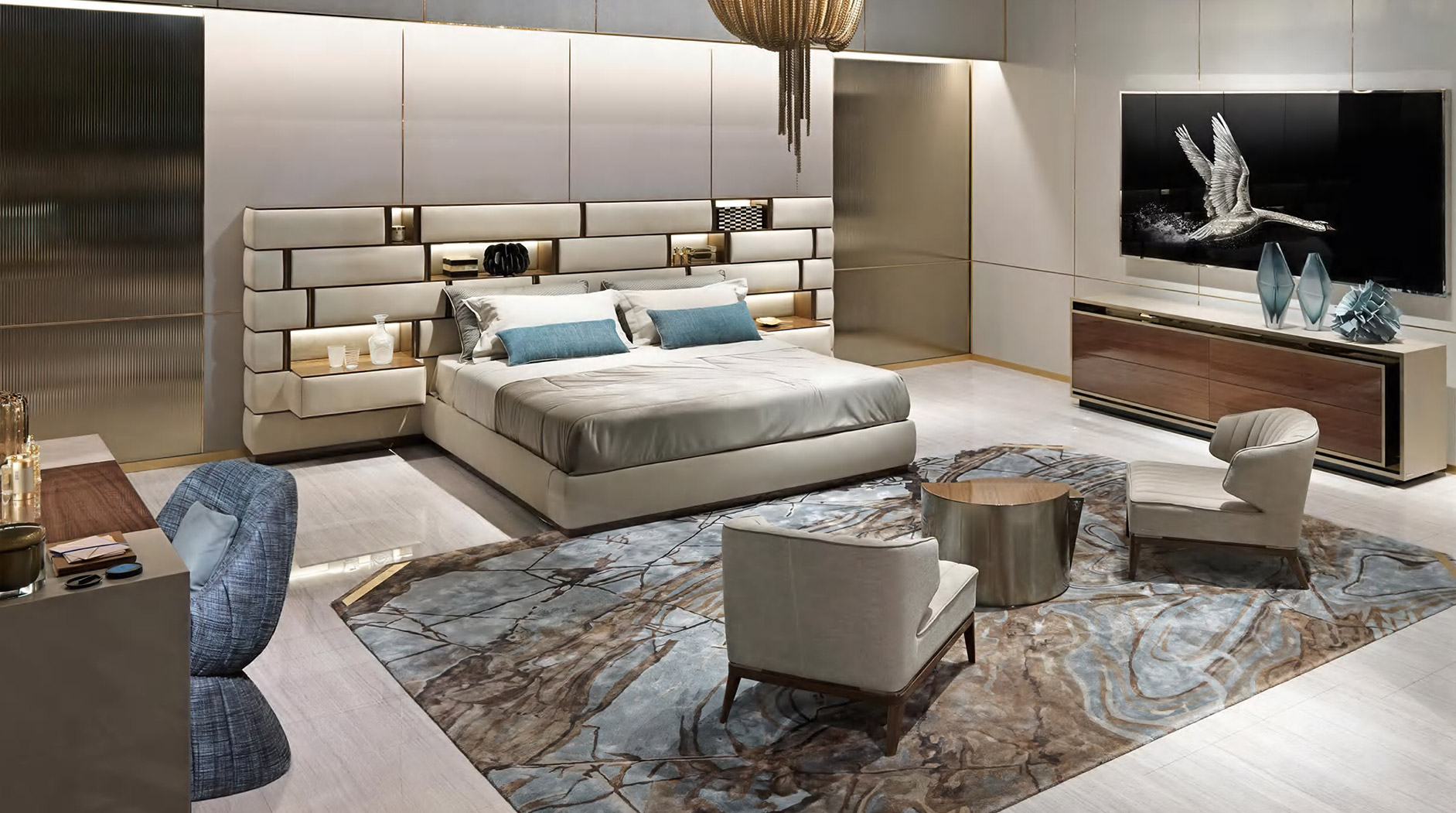Introduction
Guests judge a hotel not only by service but also by the atmosphere created through its furniture. Stylish, well-chosen pieces convey identity, sophistication, and comfort. Yet style alone is insufficient. Hotel furniture must also perform — enduring constant use, complying with regulations, and supporting guest comfort.
This article explores how procurement managers can achieve the delicate balance between style and functionality, ensuring every furniture choice delights guests while meeting operational demands.
The Role of Style in Hospitality Design
- First Impressions Matter: The lobby is the hotel’s handshake. Elegant furniture sets the tone for the entire stay.
- Brand Expression: From coastal resorts with weathered timbers to city hotels with sleek chrome, furniture communicates brand identity.
- Differentiation: Guests expect a unique environment. Generic, uninspired furniture dilutes a hotel’s competitive edge.
The Role of Functionality in Hotel Operations
- Durability: Functionality means pieces withstand thousands of uses without compromise.
- Safety: Functional furniture must meet compliance standards.
- Ease of Use: Guests must be able to move chairs, open wardrobes, or use desks without difficulty.
Achieving Balance: Practical Guidelines
1. Start with the Guest Experience
Every furniture decision should begin with the question: How will the guest use this? If a sofa is beautiful but awkward to sit on, it fails. If a bed frame is ornate but squeaks under weight, it undermines rest. Guest experience is the foundation.
2. Choose Timeless Over Trendy
Trends fade quickly. Hotels need furnishings that remain appealing for years. Timeless designs deliver both elegance and longevity, saving replacement costs.
3. Select Materials That Marry Style and Strength
- Timber: Solid hardwoods offer elegance and resilience.
- Aluminium: Lightweight yet durable, ideal for outdoor furniture.
- Fabrics: Olefin, treated polyester, and leather blends balance luxury with stain resistance.
4. Consider Scale and Proportion
Oversized furniture may look impressive in a showroom but overwhelm guest rooms. Functionality demands pieces scaled to space while still reflecting the desired style.
5. Factor in Maintenance
Style should not complicate housekeeping. Intricate carved chairs may be beautiful but difficult to clean. Furniture should look elegant yet allow efficient maintenance.
6. Customisation as a Bridge Between Style and Function
Commercial suppliers often offer custom finishes, fabrics, and dimensions. This allows hotels to maintain brand identity without sacrificing performance.
7. Test Before You Buy
Procurement managers should insist on samples. Staff and guests should trial seating comfort, ease of use, and durability. A physical test reveals what catalogues cannot.
Case Studies
- Boutique City Hotel: Selected minimalist lounge seating with neutral tones, custom-upholstered in commercial-grade velvet. Result: chic atmosphere with durability.
- Resort Property: Chose aluminium outdoor lounges with weather-resistant fabrics in coastal colours. Result: brand alignment and low maintenance.
- Business Hotel: Opted for ergonomic desk chairs meeting workplace standards, ensuring corporate guests enjoy comfort and productivity.
The Procurement Manager’s Checklist
- Does the furniture reinforce the brand’s story?
- Is it durable enough for commercial use?
- Does it comply with fire and safety standards?
- Is it easy to clean and maintain?
- Are warranties and aftercare adequate?
- Have we tested comfort and ergonomics?
- Does the supplier offer continuity of supply for expansions?
Conclusion
Selecting hotel furniture is an art and a science. It requires marrying visual appeal with commercial performance. Style creates allure; functionality delivers satisfaction. Together, they produce environments where guests feel both inspired and comfortable. For procurement managers, mastering this balance is the key to successful, enduring hospitality investments.












